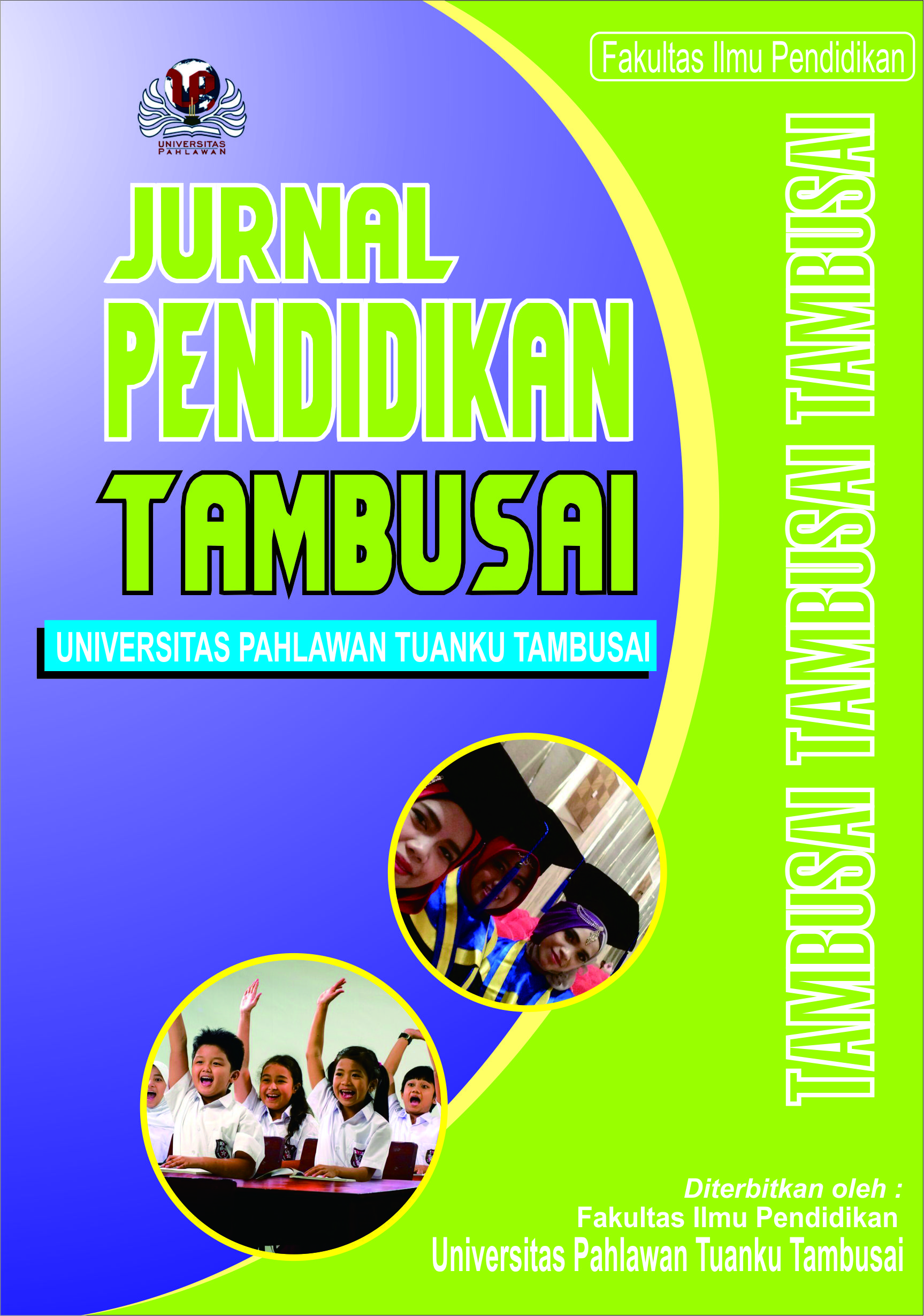Derivational Affixes Found in “Ride Your Wave” Novel
DOI:
https://doi.org/10.31004/jptam.v8i1.14105Keywords:
Morfologi, Derivasi, Afiks, Novel, KataAbstract
References
Booij, G. 2005. The Grammar of Words. New York: Oxford University Press Inc.
Carstairs-McCarthy, A. 2002. An Introduction to English Morphology Words and Their Structure. Edinburgh: Edinburgh University Press Ltd.
Dwiyanti, N. K. C, et al. (2022). Types of Derivational Affixes in New Idea Magazine: A Morphological Analysis. Journal of Language and Applied Linguistic. Vol.03, No. 01, 143-153.
Fasold, Ralph. 2006. An Introduction to language and linguistics. New York: Cambridge University Press.
Finegan, E. 2008. Language:Its Structure and Use. USA: Michael Rosenberg.
Katamba, F. (1993). Modern Linguistic Morphology. New York: St. Martin's Press, Inc.
Lieber, R. (2009). Introducing Morphology. New York : United States of America by Cambridge University Press.
Mahaputri, A. G. (2021). The Function of Derivational Affixes Found in HighEnd Magazine. Journal of Language and Applied Linguistics, Vol. 02, No. 02, 149-159.
Matthews, P. 2001. A Short History of Structural Linguistics. United Kingdom: Cambridge University Press.
Panduyoga, R. B. S, et al. (2022). Derivational Affixes Found in " Before the Coffee Gets Cold by Toshikazu Kawaguchi". The 1st International Student Conference on Linguistic: Trends and Future Perspectives in Linguistic Study, KnE Social Sciences, Vol. 2022, 58-67.
Rachmadi, A. A, et al. (2021). Function of Derivational Affixes in Novel “The Hobbit”. Elysian Journal, Vol. 01, No 01, 71-80.
Toyoda, M. (2019). Ride Your Wave. Canada: Seven Seas Entertainment.
Downloads
Published
How to Cite
Issue
Section
Citation Check
License
Copyright (c) 2024 Putu Rani Yuliana

This work is licensed under a Creative Commons Attribution-ShareAlike 4.0 International License.
Authors who publish with this journal agree to the following terms:
- Authors retain copyright and grant the journal right of first publication with the work simultaneously licensed under a Creative Commons Attribution License that allows others to share the work with an acknowledgement of the work’s authorship and initial publication in this journal.
- Authors are able to enter into separate, additional contractual arrangements for the non-exclusive distribution of the journal’s published version of the work (e.g., post it to an institutional repository or publish it in a book), with an acknowledgement of its initial publication in this journal.
- Authors are permitted and encouraged to post their work online (e.g., in institutional repositories or on their website) prior to and during the submission process, as it can lead to productive exchanges, as well as earlier and greater citation of published work (See The Effect of Open Access).



